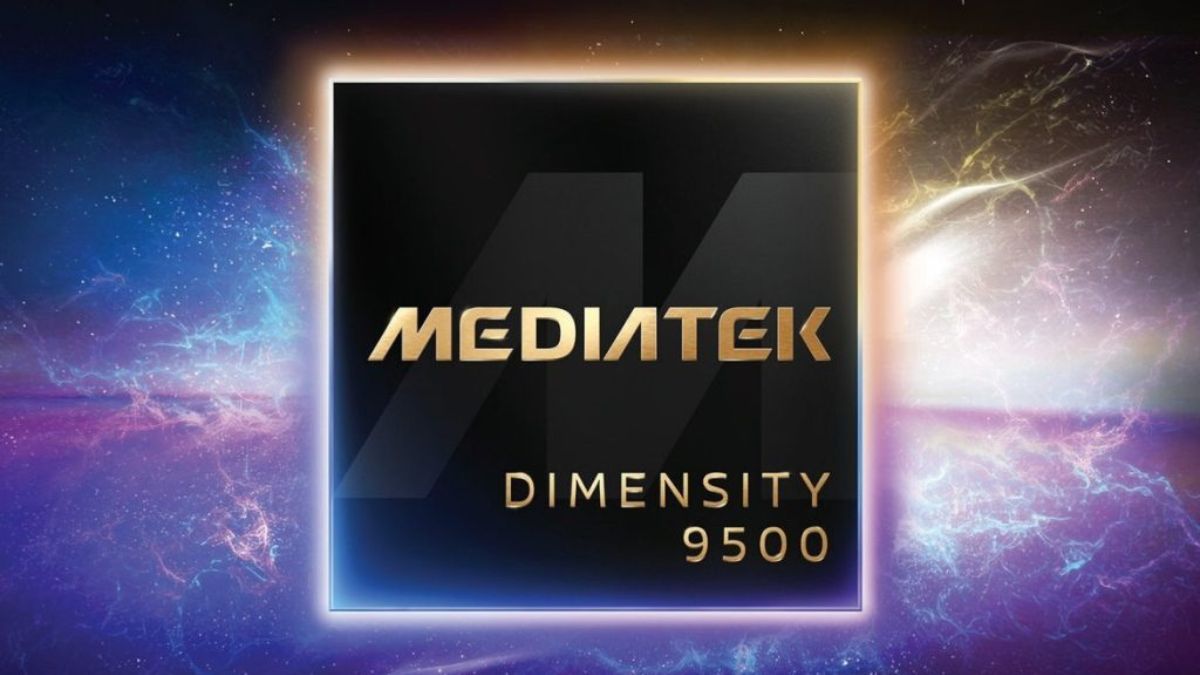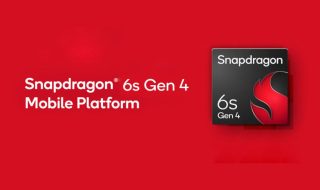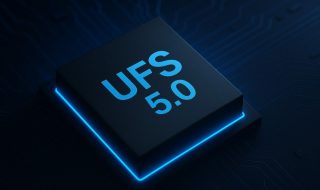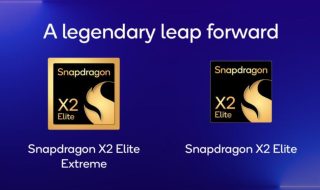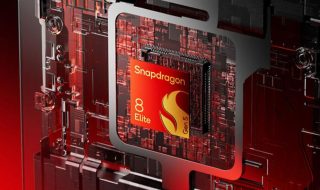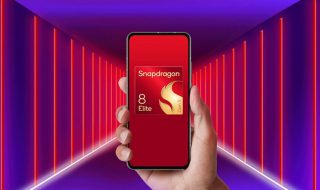MediaTek has officially unveiled the Dimensity 9500, its latest flagship chipset that takes over from the Dimensity 9400 series. It is built on TSMC’s third-generation 3nm process and introduces an all-large core CPU architecture, a redesigned GPU, more powerful AI processing, and an advanced imaging engine. The Dimensity 9500 is designed to deliver stronger performance, better efficiency, and next-generation experiences for smartphones.
Dimensity 9500 comes with MediaTek’s new CPU cluster. It includes a C1-Ultra core running at 4.21GHz, three C1-Premium cores at 3.5GHz, and four C1-Pro performance cores. This setup, combined with four-lane UFS 4.1 storage, offers a significant boost in speed and efficiency. MediaTek claims that the new CPU delivers up to 32 percent higher single-core performance and 17 percent higher multi-core performance compared to the previous generation. The ultra-core is said to consume 55 percent less power at peak performance, which means better battery life without compromising speed. Even during heavy multitasking, such as gaming or voice calls over social apps, the chipset maintains up to 30 percent more power efficiency.
The platform also debuts the industry’s first four-channel UFS 4.1 support, which doubles read and write speeds and allows large AI models to load 40 percent faster. MediaTek has paired this hardware with its second-generation Dimensity Scheduling Engine, ensuring smoother responsiveness and sustained performance even under demanding workloads.
The Dimensity 9500 integrates the new Arm G1-Ultra GPU. This graphics processor promises up to 33 percent higher peak performance while being 42 percent more power efficient. It supports advanced gaming features such as frame rate interpolation with ray tracing at up to 120 frames per second. MediaTek has also worked closely with game developers, bringing support for Unreal Engine 5.6’s MegaLights and Unreal Engine 5.5’s Nanite technologies. These additions make it possible to achieve console-like real-time rendering and highly realistic lighting effects on mobile devices.
Artificial intelligence is another area where the Dimensity 9500 pushes boundaries. The SoC includes the ninth-generation MediaTek NPU 990, powered by Generative AI Engine 2.0. This NPU doubles the compute power of its predecessor and introduces BitNet 1.58-bit model processing, which reduces power consumption by up to 33 percent. It offers twice the performance for integer and floating-point operations, delivers 100 percent faster output for large language models with three billion parameters, and supports long text processing with up to 128K tokens. The NPU also enables the industry’s first 4K ultra-high-definition image generation on a smartphone chip, while cutting peak power usage by 56 percent. MediaTek has further improved efficiency by introducing a compute-in-memory architecture, which allows AI models to run continuously without draining the battery.
Its Imagiq 1190 ISP supports up to 320MP sensors and 200MP capture with RAW-domain pre-processing. It can handle continuous focus tracking at 30 frames per second and is capable of cinematic 4K portrait video at 60 frames per second. For videographers, the chipset introduces Android’s first support for 4K120 Dolby Vision video recording with electronic image stabilization. MediaTek’s MiraVision Adaptive Display technology also makes its way into this chipset, dynamically adjusting contrast, saturation, and brightness based on surrounding lighting conditions and the display panel’s characteristics. This ensures that content remains clear outdoors under bright light and comfortable to view indoors in darker settings.
The Dimensity 9500 supports advanced 5G and Wi-Fi technologies, including five-carrier aggregation for 15 percent higher bandwidth. It also comes with Wi-Fi 7 and Bluetooth 6.0, supported by a dual Bluetooth engine for better stability and lower latency. MediaTek has implemented AI-powered network technologies that improve call quality, reduce power consumption in 5G and Wi-Fi usage, and deliver faster, more accurate positioning. The platform promises 10 percent lower power consumption in 5G scenarios, 20 percent lower power consumption in Wi-Fi, and up to 50 percent lower latency in congested network environments.
The Dimensity 9500 will soon make its commercial debut. Vivo has confirmed that the upcoming Vivo X300 series, launching in China on October 13, will be the first to use the new chipset. The phones will also feature the company’s V3+ imaging chip for enhanced camera performance. Just a few days later, on October 16, Oppo’s Find X9 series will also adopt the Dimensity 9500, giving users more flagship options powered by MediaTek’s latest innovation.
| Feature | Dimensity 9500 | Dimensity 9400 |
|---|---|---|
| Process Node | TSMC 3-nm, third generation | TSMC 3-nm (N3E) |
| CPU Architecture & Cores | 1× C1-Ultra at 4.21 GHz, 3× C1-Premium at 3.5 GHz, 4× C1-Pro cores | 1× Cortex-X925 at 3.62 GHz, 3× Cortex-X4, 4× Cortex-A720 |
| Cache | L2: 2MB (Ultra) / 1MB (Premium) / 512KB (Pro) + 16MB L3 + 10MB SLC | L2 per core (X925 has 2MB) + 12MB L3 + 10MB SLC |
| Memory / RAM | LPDDR5X up to 10,667 Mbps | LPDDR5X up to 10,667 Mbps |
| Storage | UFS 4.1 (4-lane) | UFS 4.0 + MCQ |
| GPU | Arm Mali-G1 Ultra MC12, up to 33% higher performance, 42% more efficient | Immortalis-G925 MC12 |
| AI / NPU | MediaTek NPU 990 with Generative AI Engine 2.0, compute-in-memory, supports 3B LLMs, 128K tokens, 4K image generation | MediaTek NPU 890, 8th generation |
| Camera / ISP | Imagiq 1190 ISP, up to 320MP, 200MP RAW capture, 4K60 portrait video, 4K120 Dolby Vision video with EIS | Imagiq 1090 ISP, up to 320MP, advanced capture features |
| Display Support | WQHD+ at 180Hz, tri-port MIPI for tri-fold displays | WQHD+ at 180Hz |
| Connectivity | 5G dual SIM dual active, Wi-Fi 7, Bluetooth 6.0 dual engine, 5CC carrier aggregation, AI-assisted positioning | 5G dual SIM dual active, Wi-Fi 7, Bluetooth 5.x, carrier aggregation |
| Performance & Efficiency | Up to 32% higher single-core, 17% higher multi-core, 55% lower peak power consumption | Strong flagship performance, less efficient compared to 9500 |
The 9500’s ultra and premium cores run significantly faster than the 9400’s top cores offering better performance. It also gains in power saving, especially at peak performance. With NPU 990, 9500 supports heavier models and more efficient AI processing. Features like 4K120 Dolby Vision capture, very high MP sensors (up to 320MP), and adaptive display tech will help in both photography / video quality and viewing comfort.
